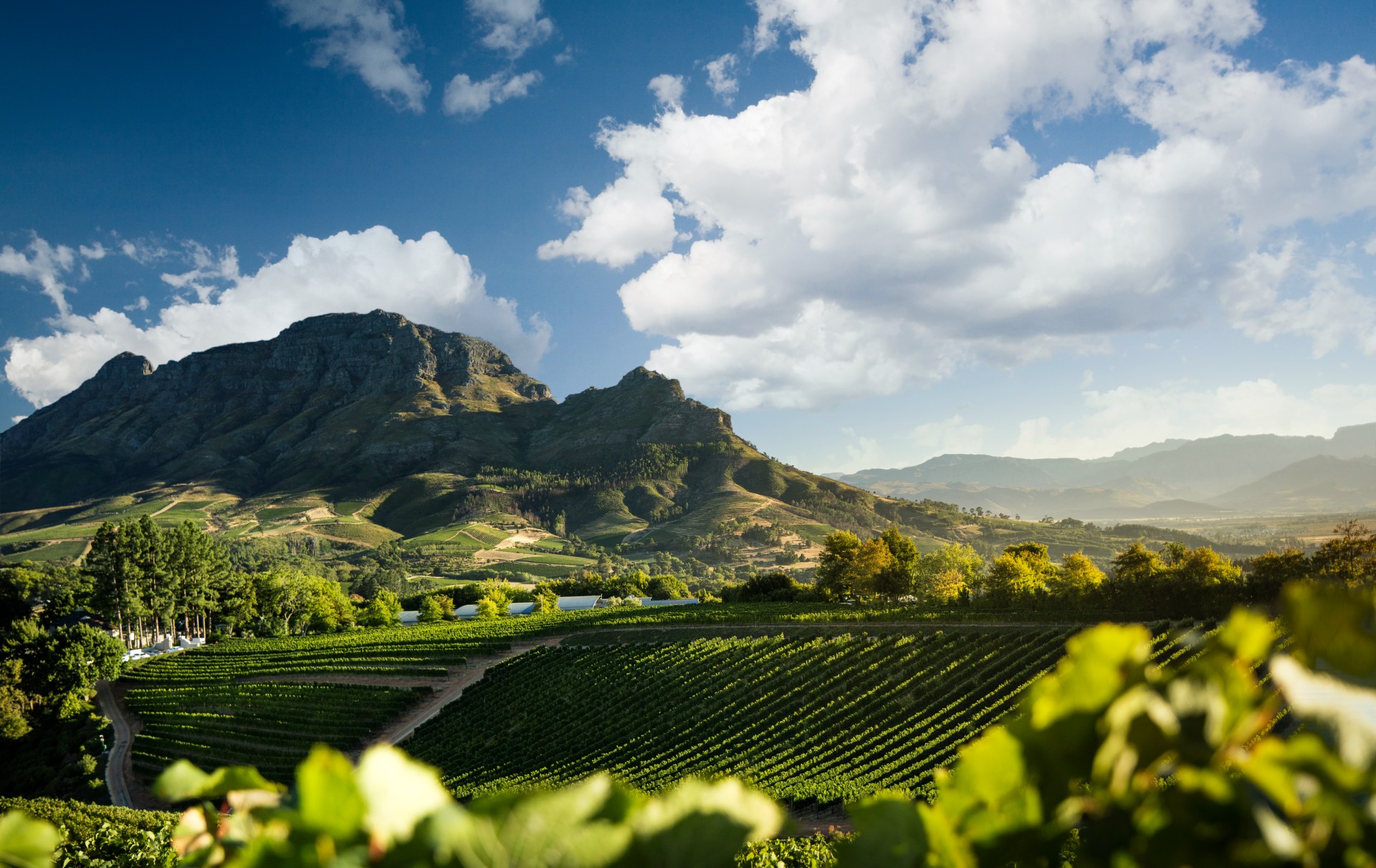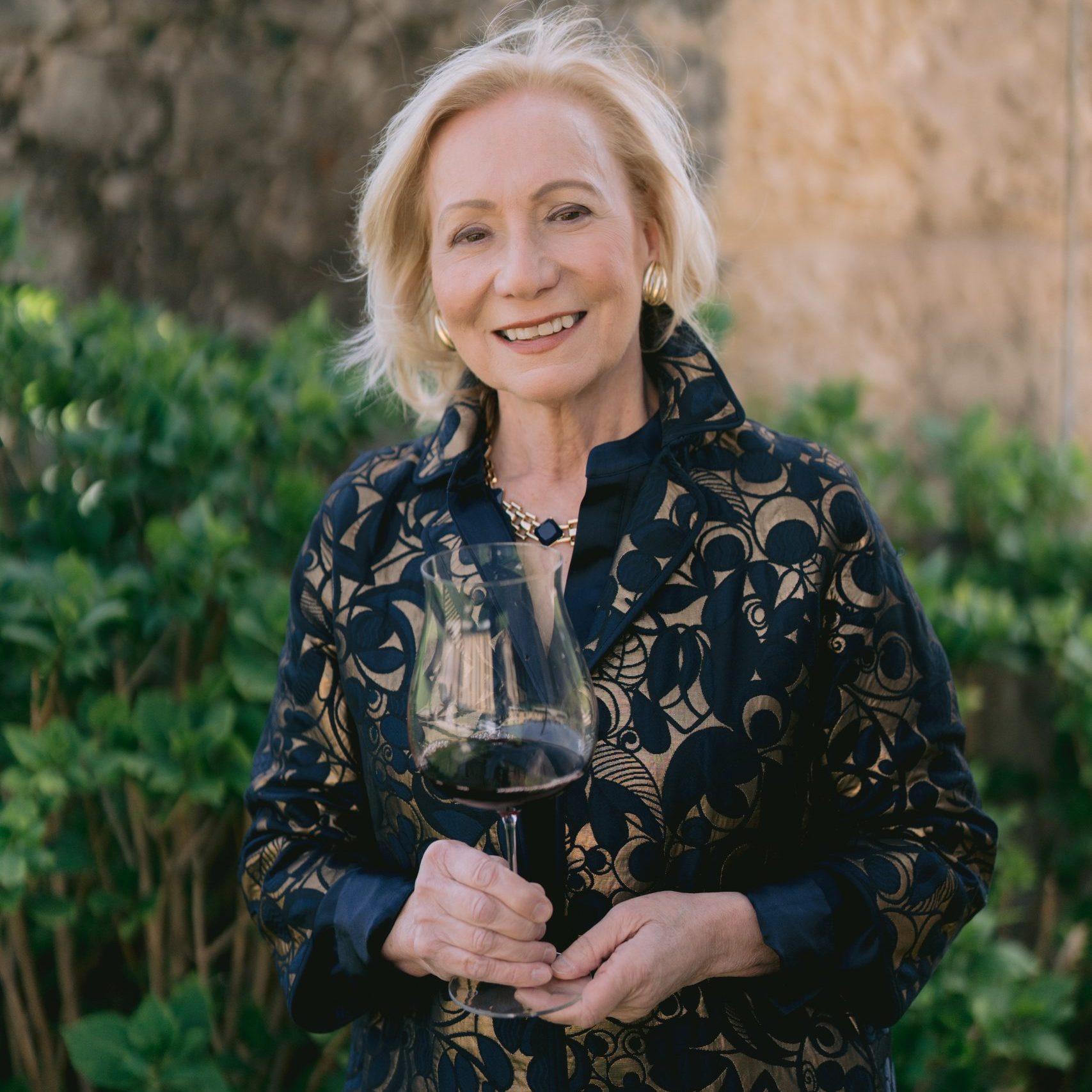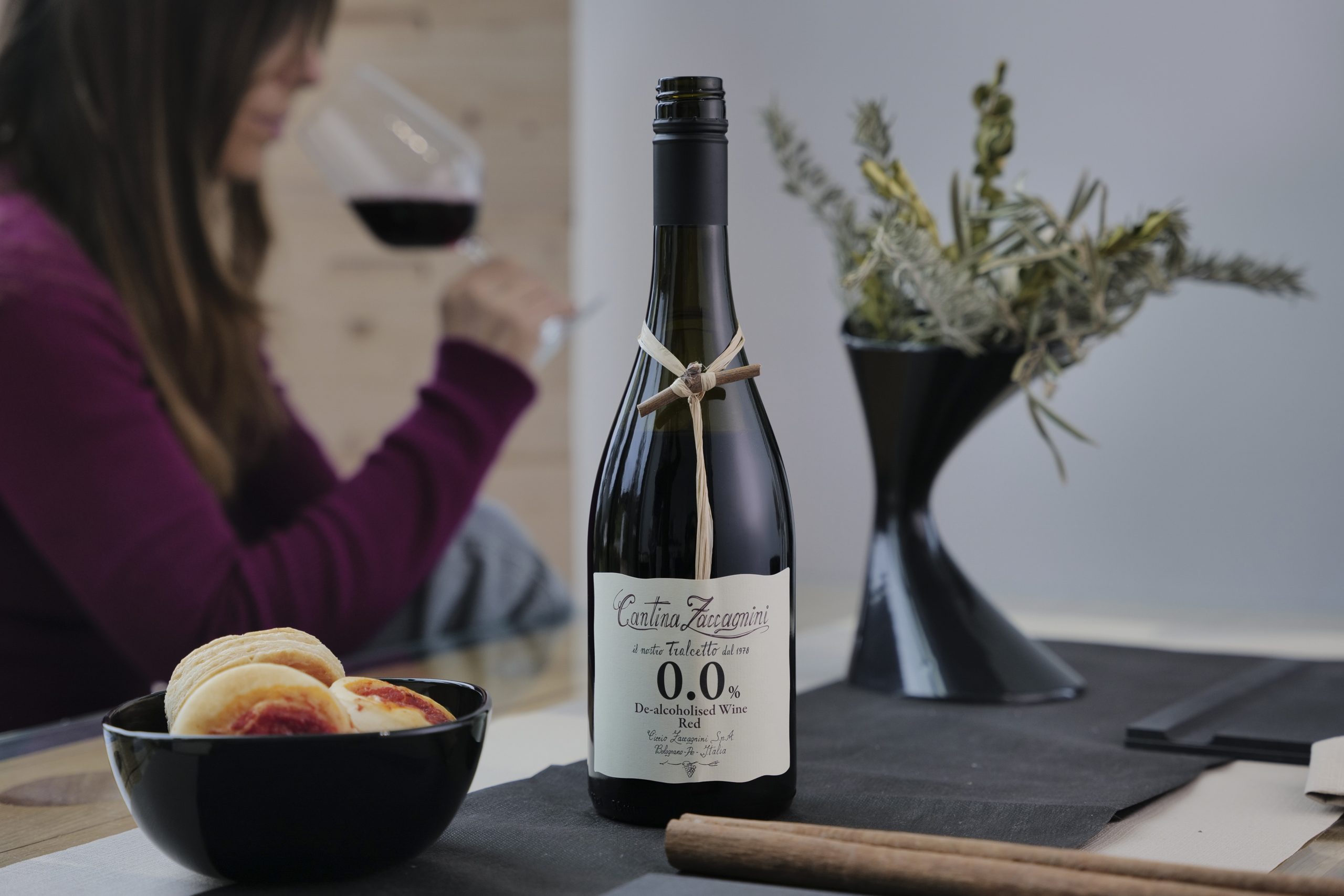Wine List Confidential: Osip 2.0
Douglas Blyde visits the revamped version of farm-to-table Somerset restaurant Osip, finding “sheer brilliance” with some of the food, though not every wine pairing hits the mark.
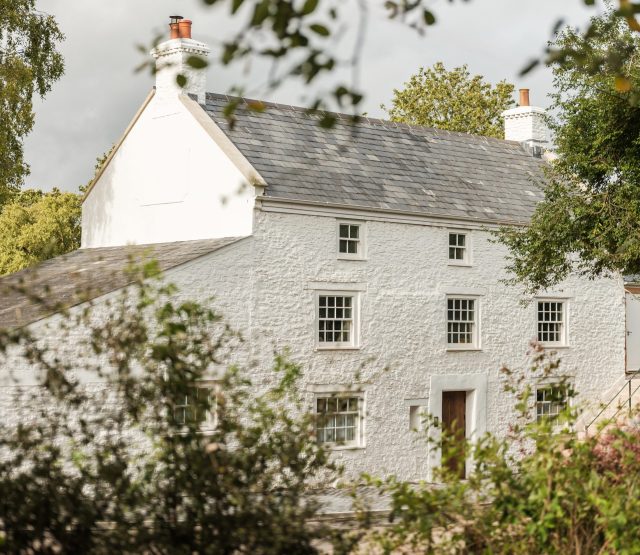
After four years, Osip has emerged from its snug 22-cover chrysalis at Number One Bruton into a grander incarnation. Its new home, described by Giles Coren as “a heavily renovated old 18th-century inn on the edge of a pine forest,” is noted by the Good Food Guide as rising “like a giant ghost building” – either poetic or alarming.
On arrival, it has the feel of being the sort of in-the-know discovery which diners ought to get excited by, akin to The Fat Duck. Chef Merlin Labron-Johnson presides over this gastronomic phantasmagoria with monk-like intensity, his devotion to farm-to-table dining bordering on evangelical. Fully 85% of Osip’s produce comes from his biodynamic, organic smallholdings.
Not everyone leaves clutching pearls of epiphany, however. Via TripAdvisor, Dominic P from Farringdon, marooned in a “back area detached from the rest of the restaurant,” lamented cold ventilation and the indignity of used tableware parading past his soufflé. Even divinely inspired carrots can’t always soothe the sting of poor table placement.
Design
With a £166,000 crowdfunding windfall, Osip has transformed the Bull Inn – once noted for its “spotless toilets” and “very dog-friendly” ambience – into a gastronomic Shangri-La. Behind Bill Amberg-grade leather curtains lies a bar flanked by whitewashed beams, two dining rooms, and a minimalist kitchen overlooking pastoral scenes of grazing cows and, for tea enthusiasts, a barn devoted to fine leaves. While four guest bedrooms are imminent, the nearby Kingsettle Camping Retreat offers a rustic alternative – perfect for those who wish to sleep under the stars.
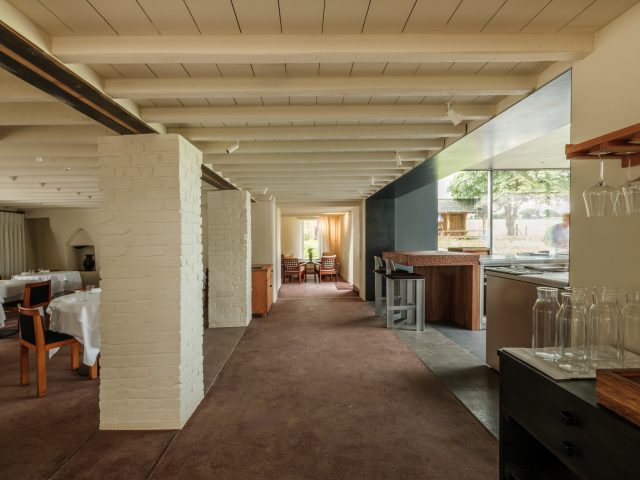
Baptising Osip in peat-free compost, Labron-Johnson is a farmer first, chef second, and perhaps philosopher third. Menus follow seasonal whims, shaped by weather and Labron-Johnson’s existential dialogues with the soil, with local growers and foragers supplying everything from surplus fruit to unsolicited opinions.
Osip is also a temple to art. Its debut exhibition features Christopher Le Brun’s ethereal Land of Summer paintings, while Max Bainbridge’s walnut kitchen exudes tactile splendour. Lighting by Andrew Pierce Scott and Natalia Triantafylli illuminates plates without over-scrutinising diners as they attempt to pronounce “Claus Preisinger Kalkundkiesel Rot Blaufränkisch”.
The dining room feels like a roll call of food-world royalty. During our visit, Xanthe Clay, Marcin Miller, and Luke Wasserman graced the tables, while Marina O’Loughlin dined the night before. Osip isn’t just attracting diners – it’s cultivating disciples.
Drinks
Venetian Andrea Marcon, a photographer and cider aficionado, curates Osip’s drinks with quiet refinement. By the glow of a cosy stove – hotplate primed for mulled cocktails – standouts include a rich preserved tomato martini, enhanced by blackcurrant leaf oil, and a fig leaf Negroni.
The wine list leans towards biodynamic producers, reflecting an intimate vineyard connection. As writer Henry Jeffreys quipped, biodynamics stem from “a series of lectures by Austrian crank Rudolf Steiner [who] has more in common with L. Ron Hubbard, founder of Scientology than Jethro Tull (the agriculturist, not the band)”. This eccentricity nonetheless underpins a devoted winemaking ethos.
Sparkling options include the £18 per unspecified measure Pelegrim from Westwell, a Kentish producer which, oddly, markets “wine bore” badges. For something rarer, Domaine Hugo’s zero-dosage sparkler from Wiltshire (£134 per bottle) intrigues with its Pinot Gris. Among prestige pours, Krug 172 (£450) stands as the sole grand marque, accompanied by striking alternatives like Ulysse Collin’s Les Maillons 2019 (£340) and Domaine Sérol’s playful Turbullent Gamay (£65).
Still wines range from the accessible Mas de Valériole Rosé (£9 per glass) to the elegant Domaine Chevrot 2021 Hautes-Côtes de Beaune (£18). Bottles begin at £45 for Fattoria San Lorenzo’s Verdicchio di Gino 2023, and climb to £680 for Château Palmer 2009. Noteworthy finds in the £80-90 range include the wildfire (2022) vintage Lefkós Vidiano and Thrapsathiri from Crete by Iliana Malihin (£74), De Fermo’s 2020 Concrete Rosso Montepulciano (£76), and Ktima Ligas’ 2021 Lamda Assyrtiko (£78), the latter inspired by Masanobu Fukuoka’s minimalist agricultural philosophy. The list skews youthful, with its oldest vintage being Bruno Clair’s 1998 Savigny-Lès-Beaune La Dominode (£240), noted for its intriguing “ferric tang”.
After dinner, Osip’s coffee, sourced from Round Hill roastery and championed by one Eddie Twitchett, celebrates freshness. Twitchett reminds diners that “coffee is a fruit,” though Osip’s atrociously crafted cups, which even a parent might be embarrassed about if slapped together by their offspring, raise an eyebrow. Finally, for the daring, there’s always the allure of La Vieille Prune, equal parts tempting and formidable.
Andrea Marcon’s efforts are supported by the likeable James Dillon, former beverage team leader at The Newt.
Partner Content
Dishes
In the company of Richard Brendon – esteemed for conjuring the universal Jancis Robinson wine glass and rejuvenating the potteries of Stoke-on-Trent – lunch unfolded under the deft hand of Devon-born, Labron-Johnson, on-site during our visit. Once sous chef at Kobe Desramaults’ In de Wulf in rural Belgium, Labron-Johnson cemented his name co-founding London’s Portland alongside Will Lander (son of Robinson) and Dan Morgenthau. Today, in addition to Osip, he champions farm-to-table dining at The Old Pharmacy in Somerset’s busy Bruton, three miles west.
Lunch began with a fermented carrot and smoked Montgomery Red gougère, paired delightfully with Keeved cider from Pilton, a village better famed as Glastonbury Festival’s heartland. A roasted root vegetable “tea” followed, arrestingly savoury. Then came an open beetroot taco crowned with shavings of venison heart – an amuse-bouche which eclipsed expectation.
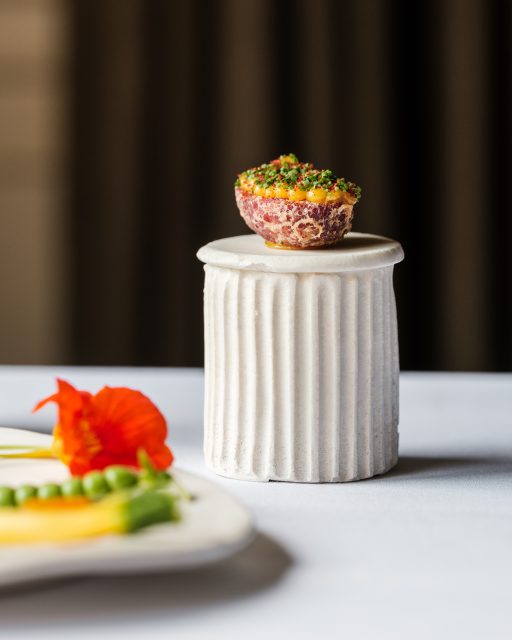
The first course proper: Tokyo turnips, smoked almonds, and finely frilled pear slices – a dish of poised elegance which the 2023 Note di Bianco Terre Siciliano’s razor-like acidity unceremoniously amputated. This hazy Grillo, its label emblazoned with a grasshopper, clashed, rather than harmonised.
Next, a warming “soup” of hand-dived Orkney scallop cubes, Jerusalem artichoke, and roasted chicken juices. Météore Clos Larrouyat Jurançon Sec 2020, hail-battered yet verdant, leaned too green, overshadowing the soup’s richer subtleties.
Then came the revelation: charcoal-roasted monkfish paired with bitter leaves, wild garlic capers, and a cider reduction verging on dulce de leche. Poured by Dillon, Sybille Kunz’s Mosel-Riesling Spätlese Trocken 2015 delivered the harmony its predecessors failed to find. Its honeyed heft and aromatic depth met the monkfish’s boldness in perfect synchronicity. “Beach ring and garden hose,” quipped Dillon.
Kefir butter and treacle-rich bread set the stage for Labron-Johnson’s intricate riff on “Peking duck – a joyous, pickled elderberry-tinged plate with seaweed butter, and elderflower. Domaine de Bellivière’s Rouge-Gorge Coteaux du Loir [sic] 2021, a Pinot d’Aunis aged in notably capacious barrels, brought its hallmark white pepper and earthy vigour – “oomph” said Dillon – as well as a bricky Barolo-like hue.
A fallow deer pie, quail-lined and accompanied by a velvety Grand Veneur sauce, followed. Just-smoked quince lent depth. Domaine Chevrot’s Côte de Beaune Pinot Noir 2021 provided a counterpoint. Remarking on the vineyard’s evolution – “they ripped out Gamay” – Dillon praised its judicious use of various ages of oak, which lent structure to the pairing. “Burgundy is easy to learn, nearly impossible to master”. A larger bowled glass may well have teased even more flavour.
The pre-dessert – a butternut squash sorbet with Somerset Pomona and roasted seed oil – was sheer brilliance, outshining the main dessert of winter root ice cream, bergamot sabayon, and pine nut cap, which, despite intriguing textures, lacked finale-worthy heft. A trio of locals dismissed our critique, chiding us for timid dissection over bold cross-sectioning.
Bablut’s Coteaux de l’Aubance Unique 2020 – a Chenin Blanc blend rife with botrytised richness – might have saved the day, had it not been meted out in miserly portions by a glass ill-suited to its splendour.
Last word
While dishes were undeniably masterful, wine pairings – favouring early-picked, high-acid, less ripe styles – outpaced the food’s nuanced rhythm. The exclusive use of the singular Gabriel-Glas, though elegantly minimalistic, subtly deters guests from indulging in upgrades or exploring more opulent choices, too. With residential guests on the horizon, Osip presents an opportunity to elevate the wine programme to match the extraordinary depth of Labron-Johnson’s culinary vision.
Best for
- Biodynamic bottles
- Farm-to-table ethos
- Precise, joyful plates by a culinary wizard
Value: 94, Size: 94, Range: 93, Originality: 94.5, Experience: 97.5; Total: 94.6
Osip – 25 Kingsettle Hill, Hardway, Bruton BA10 0LN; 01749 987277; osiprestaurant.com
Related news

